Are you looking for the best 200-watt amp for your bass guitar? Look no further! In this post, we’ll explain the important details you need to know when shopping for a bass amp, review some of the most popular models available on Amazon.com, and provide a few recommendations so that you can make an informed decision about which one is best for your specific needs.

Our Top Pick: Rumble 200 Bass Combo Amp
If you don’t have time to read a long article and read reviews that go into granular detail about modern features, an XLR line output, this amp with a vintage switch, that amp that has a low mid or high mid feature that sounds great and comes with a free optional footswitch (blah, blah, blah) then look no further than our top pick for the best 200-watt bass guitar amp on Amazon, the Fender rumble 200.
Why Buy A 200 Watt Bass Amp?
A hefty amp both looks and sounds great but if you’re going to part with your hard-earned cash, you need to know what you’re buying because 200-watt amps can get seriously pricey.
So if you’re going to fork out, in some cases, well over $1000, then you need to know that the model with a fancy external speaker, compression tweeter, vintage button, or extension cab will be the one that actually makes you sound better in small venues, the studio, band rehearsal rooms or any time you use it.
Never mind the extra weight, but more on that later.
Here are some pros and cons you might want to consider before your next purchase at the amp shop.
Pros


Perhaps the biggest plus is the most obvious. The increased wattage of 200 watts allows for higher volume and headroom.
This means that you can play louder and more powerfully than with lower-watt amplifiers. This makes it perfect for playing in large spaces or on stage where clarity and volume are both essential.
Additionally, 200 watt amp heads usually offer more EQ controls to dial in the exact sound you want from your bass. This increases flexibility and makes it easier to get the tone that fits what you’re looking for in any given situation.
Finally, modern 200 watt amplifiers come with additional features such as built-in effects and even USB connectivity so you can easily connect them to recording systems and other external devices.
All of these features make them extremely versatile and great options for almost any musical situation.
Cons


While 200 watt bass guitar amplifiers can offer many benefits, they also have some drawbacks.
First, and again perhaps the most obvious point is that they are physically a lot bigger than a small bass combo amp. This means that they will be a lot heavier and much more difficult to transport from gig to gig.
If this is a concern for you then it’s worth asking yourself whether you really need this amount of power or whether you could meet your needs for greater volume some other way for example, by using in-ear monitors rather than a really loud amp.
Second, these amplifiers are also typically more expensive than lower-wattage amplifiers. This can be an issue for those on a budget or just starting out with bass playing.
Finally, the extra EQ controls on 200-watt amps mean extra dials and knobs which can take time to get used to if you’re not familiar with them. As such, it takes practice to be able to adjust them quickly without getting lost in all the options available. This is especially true for those who plan on using them for recording and live performances frequently.
To sum it all up, using a 200 watt bass guitar amplifier comes with certain advantages and disadvantages that should be taken into consideration before purchasing one. While they can potentially provide a high sound quality and flexibility, they are usually costlier and require more power than lower-wattage amplifiers do.
Additionally, they come with extra controls which may take time to master if you’re not already familiar with them.
Different Bass Guitar Amp Types
Broadly speaking, there are two types of bass amps. Bass combo amps and then bass heads that come with separate speaker cabinets.
Bass combo amps combine the amp head and speaker cabinet in one self-contained unit, making them portable and easier to use. They typically have limited power capacity and speaker size compared to bass head amps that require separate heads and speaker cabinets.
Bass head amps typically provide more power than a combo amp, but their setup requires more time and space due to having multiple components. If portability is important, a combo amp may be best for you.
If maximum power without compromise is needed, then a bass head amp with separate components would be the better choice.
Essential Bass Amp Features


Power alone isn’t the only thing you should think about when buying an amp. You should also think about what features you want or need it to have.
For example, if you have a lot of effects pedals then you may want an effects loop. If you like classic styling then the look of it might be a factor. If you want something with modern amp modeling built in then perhaps you need something with a vintage switch built in to help you quickly switch between sounds.
But if you’re like many people and you don’t know where to start with all the sales talk about this optional footswitch, that low mid dial or how the high mid of this model is better than that one, you can read on for our list of essential features to look for in a great amp.
It Has A Great Sound
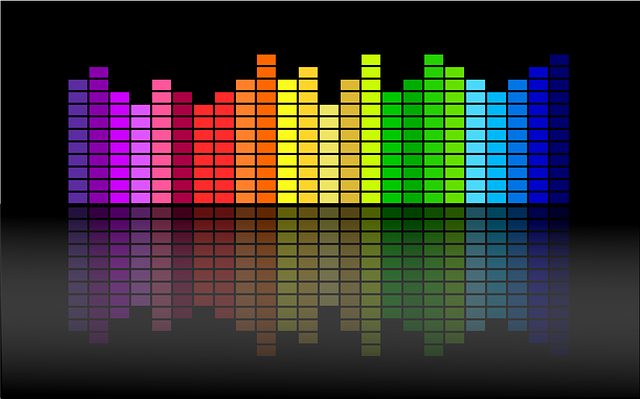

It is essential for a bass amplifier to have a really good sound because it is the primary source of your tone and the foundation of your music. However, a good sound largely depends on what the user likes personally since everyone has different preferences when it comes to tone.
For example, some bassists prefer a more punchy, aggressive tone while others may go for a more mellow, vintage or classic fender vibe. Different amplifiers can be used to achieve these sounds depending on what you’re looking for.
To ensure that you get the best possible sound, it’s important to take into consideration things like power output, EQ controls, built-in effects or distortion, and speaker type when choosing an amp head.
Additionally, awesome sound doesn’t just refer to tone but also includes aspects like dynamics and clarity which can be achieved by making sure your amp has enough headroom and power output for the size of venue or recording studio you are playing in.
Having a good sounding bass amplifier is essential for getting your desired tone and creating great music. This largely depends on personal preference as every player has their own idea of what makes up “great sound”.
XLR line output
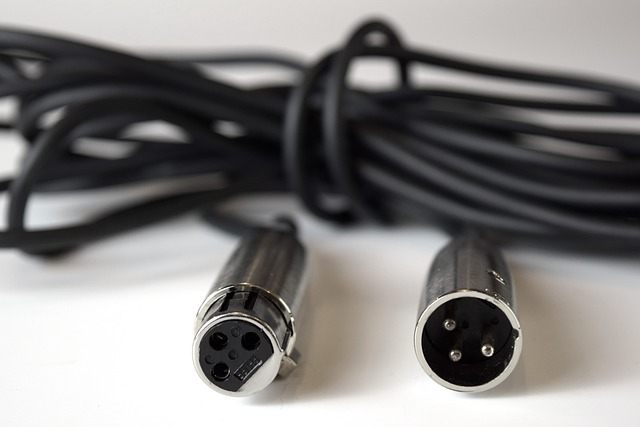

XLR line outputs can be beneficial for bass amps as they offer several advantages. Using an XLR line output will provide better sound quality when recording or running a PA system, since it enables a balanced signal with improved noise rejection.
XLR line outputs are advantageous when recording or running a PA system as they provide a balanced signal with improved noise rejection compared to unbalanced connections. This can result in cleaner audio, especially when dealing with longer cable runs which require more noise rejection to prevent interference.
All this might sound technical but it’s important to know when you realise that you’ll be asked for XLR out at almost every single gig you do or recording studio you work in and, unless you want to use the awful, low-quality DI they have at the venue, you can use the XLR out from your own amp and stay in control of your sound.
They also allow the user to insert effects in between the amp and the mixer, greatly increasing sound customization options.
Speaker Cabinet Size & Configuration
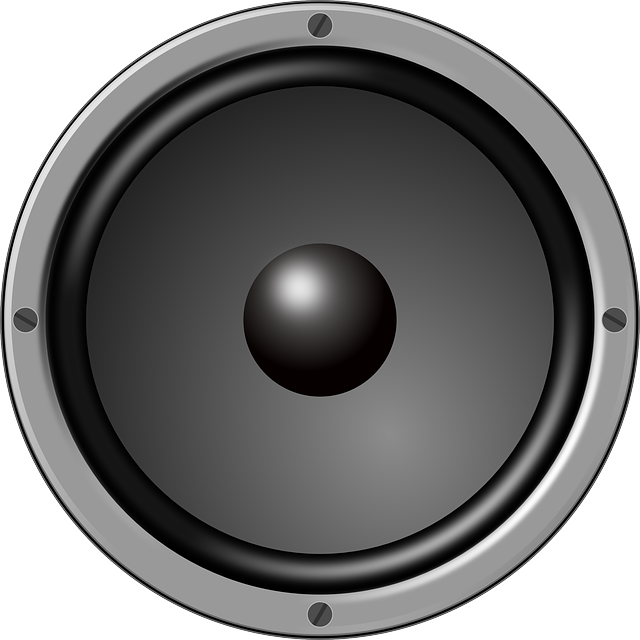

The size of the speaker in an amp cabinet can have a huge impact on the sound that the amplifier produces. Smaller speakers tend to offer more focused, punchy and articulate sounds while larger speakers can provide full range tones with a bigger bottom end. This means that different speaker sizes can create different qualities of sound depending on what type of tone you are looking for.
For example, a 4×10″ cabinet is usually used to produce tight and punchy tones. This is great for rock, funk and slap bass playing as it provides clarity and articulation in the mid-range frequencies. On the other hand, a 1×15 cabinet is often used to generate low-end response which is well suited for genres such as jazz or blues.
The choice of speaker also plays into this; some models like vintage Alnico have a warmer tone than modern ceramic ones which can provide a more aggressive sound. Additionally, certain types of cabinets such as closed-back or open-back designs can affect the amount of low-end response produced by your amplifier.
Some bass players like to experiment with a mixture of speaker sizes by using different-sized cabinets together as it can provide a range of tones in one setup.
This is because the different-sized speakers in the cabinet will interact with each other in various ways, which can help produce a wide range of sounds and textures. For example, combining a larger 1×15 cabinet alongside two smaller 2×10 speakers can provide an even balance between mid-range punch and low-end power.
Additionally, using two or more cabinets can allow you to dial in different tones for different sections of a song which creates an interesting soundscape.
Combining different cab sizes also gives you the ability to adjust your volume levels depending on the size of venue or recording studio you are playing in. This can be especially useful if you are playing in larger venues where extra headroom might be needed to achieve maximum volume and clarity on stage.
Why You Need A Headphone Output
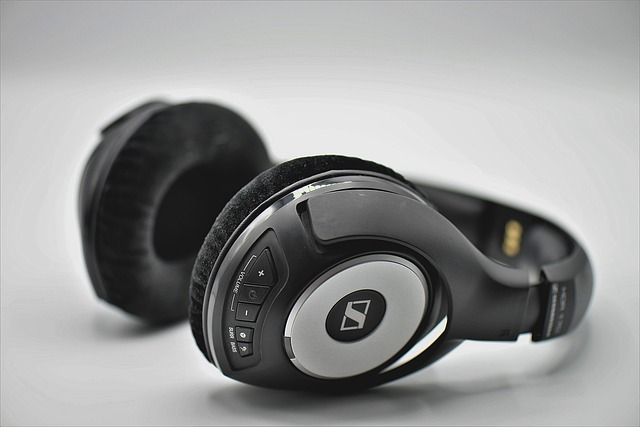

A headphone output is a simple but brilliant feature to have on a bass amp because it enables silent practice. Just plug your headphones in and play as much as you want without disturbing your neighbors, roommates, children or significant other!
However, there’s another, hidden benefit here too because silent practice can also mean you can practice at literally any time of day!
Whereas using the amp normally would disturb people and get you a call for a social disturbance if used late at night, headphones are almost totally silent. So you could be working on your slap, scales or technique without worying about disturbing anyone.
A Great Amp Needs To Come At A Great Price!


If you’re looking for a great bass amplifier that fits into your budget, you’ll need to do some careful consideration and research. Taking into account how much you have to spend and how often the amp will be used will help guide your purchase decision.
Think about what features matter most to you, such as sound quality, power, size, and portability.
You can also look at reviews from other musicians or experienced buyers to get an idea of product value. Ultimately, the importance is finding a great-sounding bass amp within your budget and needs.
Great Features & Optional Extras
Now that we’ve seen what essential features you should look for, let’s now turn out attention to the fun stuff.
Optional extras.
At first, you might think these are all just pointless bells and whistles but don’t be so hasty.
Many of the features on this list can make your gigs run smoother, your tone better, your rehearsals more enjoyable and your practice sessions far more productive.
These might seem like bold claims but amp makers have re engineered many of their most successful models to make their stock lightweight, and easy to carry but also packed with great accessories to make your purchase as worthwhile as possible.
Let’s take a look.
Aux-In


For bassists, one of the most significant advantages of having an aux-in on their bass amplifier is the ability to connect a media player and be able to play along to favourite songs, backing tracks and drum grooves. This allows players to improve their technique, enhance creativity and ultimately expand their musical abilities.
The aux-in provides the simplest way for bassists to play along with songs or practice with backing tracks – all without having to invest in expensive audio equipment or complicated recording setups. The aux-in input allows bassists to easily plug any device into their amplifier quickly, allowing them to be up and running as soon as they are ready.
Bassists who want to take their performance skills up a notch should consider investing in an amp that has an auxiliary input so they can maximize the benefits it can provide. With this feature, there’s no limit to how creative and productive your practice routine can become.
Effects Loop
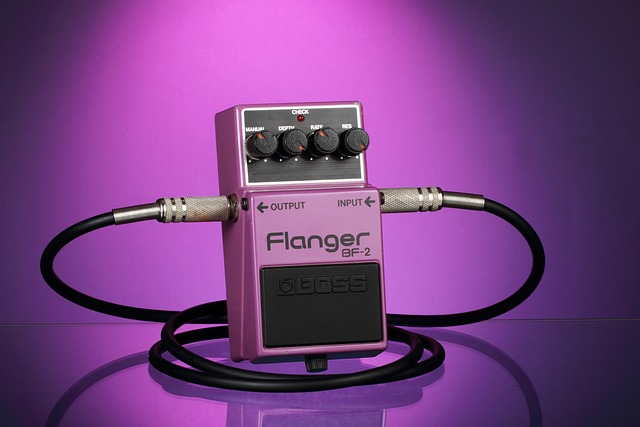

An effects loop is an extra preamp channel used to house an array of tone-shaping devices. This type of setup allows bassists to route their amplifier’s signal through separate amplifiers and outboard effects such as distortion and chorus, before being fed back into the main input.
This not only shapes the tone of the instrument but also gives bassists a lot more control over their sound. With an effects loop in place, they can easily add or subtract effects from the overall production without having to fiddle with the amplifier’s settings.
Overdrive channel
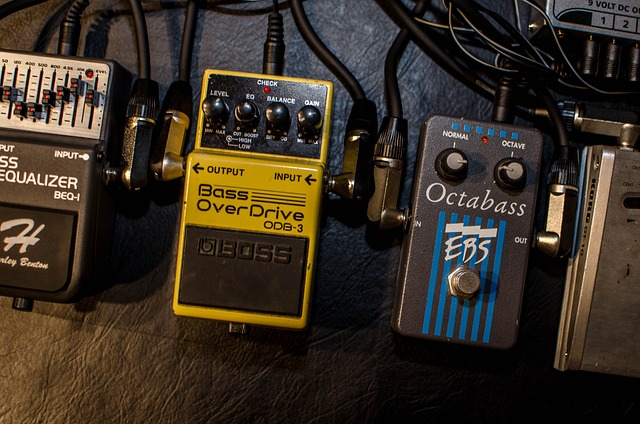

An overdrive channel is an additional gain channel that provides a louder, crunchier tone than the clean channel. The overdrive channel introduces various levels of distortion to the sound, allowing bassists to easily create heavy, distorted lead sounds or punchy rhythms with just a few knob tweaks.
This type of channel is usually found in high-end amplifiers and can provide bassists with more control over their sound and add more depth to their tone.
Fender Rumble Amp 200 watt amp
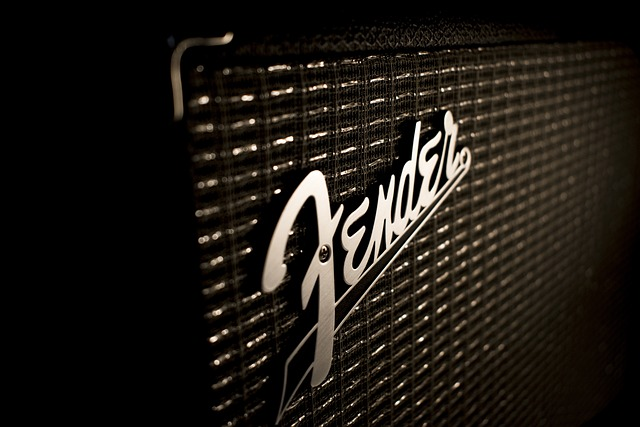

The Fender Rumble 200 bass amp is a solid-state, 200-watt combo amplifier with built-in effects and equalization. It features a single 15” speaker and two channels — one with active EQ and one with 3-band passive EQ. This allows for versatile sound shaping to suit different playing styles and genres.
It also has a headphone output for silent practice or recording purposes.
Additionally, the Rumble 200 has a USB audio interface that allows you to record direct from the amp into a computer, making it an ideal tool for recording studio use.
Vintage Vibe with Modern Features!
The main pros of the Fender Rumble 200 bass amp are its versatility and solid construction. It has two channels with active and passive EQ, as well as built-in effects that allow for a wide range of tonal options to suit any playing style.
The headphone output and USB audio interface make it an ideal device for recording studio use. Additionally, with its 200-watt power rating, the Rumble 200 can provide enough volume for live performances.
The main con of the Fender Rumble 200 bass amp is its size. The combo design makes it bulky and heavy compared to other amplifiers on the market, making it less than desirable if portability is needed. Additionally, some users have reported that this amp can produce quite a bit of noise when pushed to maximum volume.
What are the dimensions of a Fender Rumble 200?
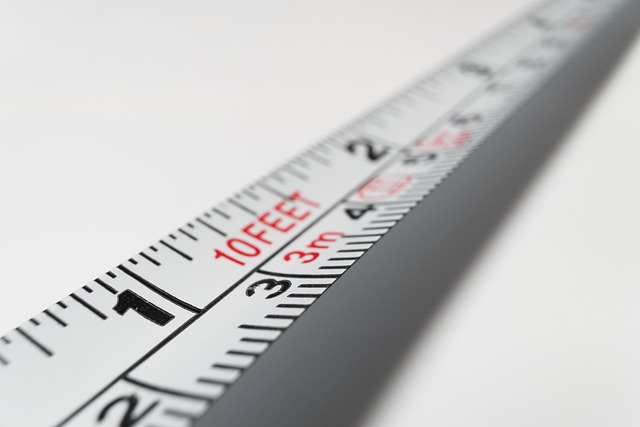

The Fender Rumble 200 is a lightweight and robust amplifier. Measuring 20” x 16.5” x 12” (50.8 cm x 41.9 cm x 30.5 cm), it’s the perfect size for any practice or live performance setting, and can easily be transported to gigs or rehearsals.
How much does a Fender Rumble weigh?
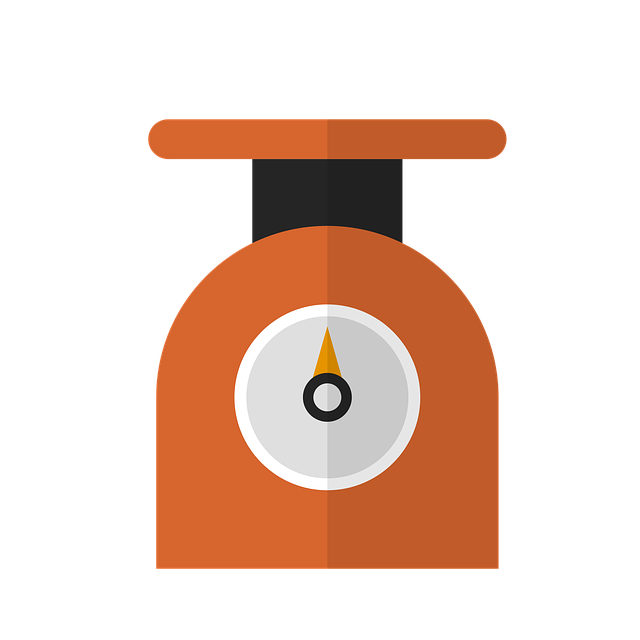

The Fender Rumble 200 weighs 26 pounds (12 kg).
Ampeg SVT-VR Classic
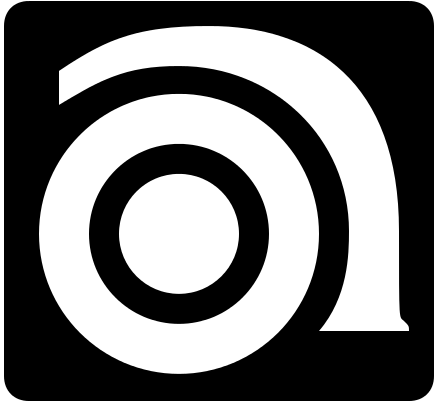

The Ampeg SVT-VR Classic bass amp is a 200-watt power amplifier designed to deliver professional sound at any level. It features a 3-band active EQ, which allows for precise tone sculpting, as well as two independent channels with three voicings each, giving it the versatility to accommodate multiple playing styles.
Additionally, it comes with an effects loop and headphone output and has an XLR direct out for recording in the studio.
The Ampeg SVT-VR Classic bass amp has many pros, including a powerful 200-watt output and 3-band active EQ. It also has two independent channels with three voicings each and comes with an effects loop and headphone output. Additionally, it features an XLR direct-out for recording in the studio.
The main con of the Ampeg SVT-VR Classic bass amp is that it may not be ideal for beginners who are still learning the basics of playing electric bass. As the features are more comprehensive than some other amps, there can be a bit of a learning curve before you get to grips with the full range of sound possibilities available.
Hartke HD150
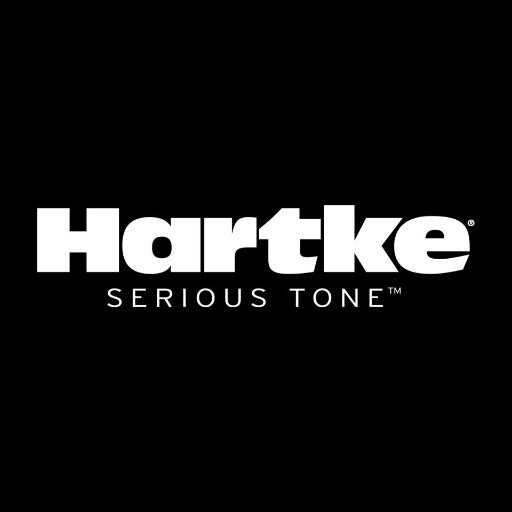

The Hartke HD150 is a powerful bass amplifier with an array of features that make it perfect for both live and studio performances. It offers 150 watts of power, a selectable crossover, two preamp channels (clean and overdrive), 3-band EQ with parametric tone control, and a unique Ultra low harmonic distortion mode for crystal clear sound.
The amp also has 4-band master EQ for overall shaping, a 2-channel line-level effects loop, and an XLR balanced output with ground lift, plus a headphone output for silent practice sessions. In addition to these features, the HD150 has an impressive frequency range of 20 Hz to 20KHZ and speaker damping controls that allow you to match the amp to any cabinet.
The Hartke HD150 offers a variety of features that make it perfect for both live and studio applications. The 150-watt power output, selectable crossover, two preamp channels, 3-band EQ with parametric tone control, and Ultra-low harmonic distortion mode all provide fantastic sound quality.
The lack of onboard effects and the presence of only one line-level effects loop with no reverb or other processing means you have to use an additional external processor for any serious sound sculpting.
Whilst it’s not technically as powerful as the rumble amp, it does come close in terms of power. Depending on your needs this could be a problem or a plus.
Overall, the Hartke HD150 is a solid choice for bassists looking for powerful performance in any setting. It provides plenty of features for both studio and live applications and its audio quality is very good compared to other amplifiers in its class.
However, it does have some limitations so you should take these into account before buying.
Gallien-Krueger MB210


The Gallien-Krueger MB210 is a bass amp combo known for its lightweight design and superior sound quality. Its features include two 10-inch speakers, a 200W power amp, three-band EQ, an Aux In/Thru input, and an FX loop with dual Send and Return controls.
Additionally, the MB210 has a powerful onboard compressor which helps to even out dynamics and add sustain to the tone. It also has a switchable contour control that allows players to sculpt their sound by adjusting the low-end frequency response.
The Gallien-Krueger MB210 is an excellent bass amp combo for the price and offers superior sound quality compared to other models in its class. It has a lightweight design, a powerful onboard compressor, and switchable contour control.
However, it does not have as many features as some of the more expensive amps and may not be suitable for players looking for extra effects. Additionally, the 10-inch speakers may struggle to fill larger venues with powerful low-end sounds.
In conclusion, the Gallien-Krueger MB210 is an excellent bass amp combo for a range of different playing styles and budgets. It has a lightweight design, a powerful onboard compressor, and switchable contour control allowing players to sculpt their sound. However, due to its lack of features and 10-inch speakers, it may not be suitable for all situations.
Whilst no amp is perfect for every bassist, the best meet in the middle in our view is the Fender Rumble 200. There’s plenty of power, a great tone, great features, it’s made by a trusted manufacturer and it comes at a reasonable price.
It is a little bit of a cliché, but some things are popular for a reason and you only have to take a quick read through the huge amount of happy Amazon customer reviews to see that Fender have really hit the nail on the head this time!

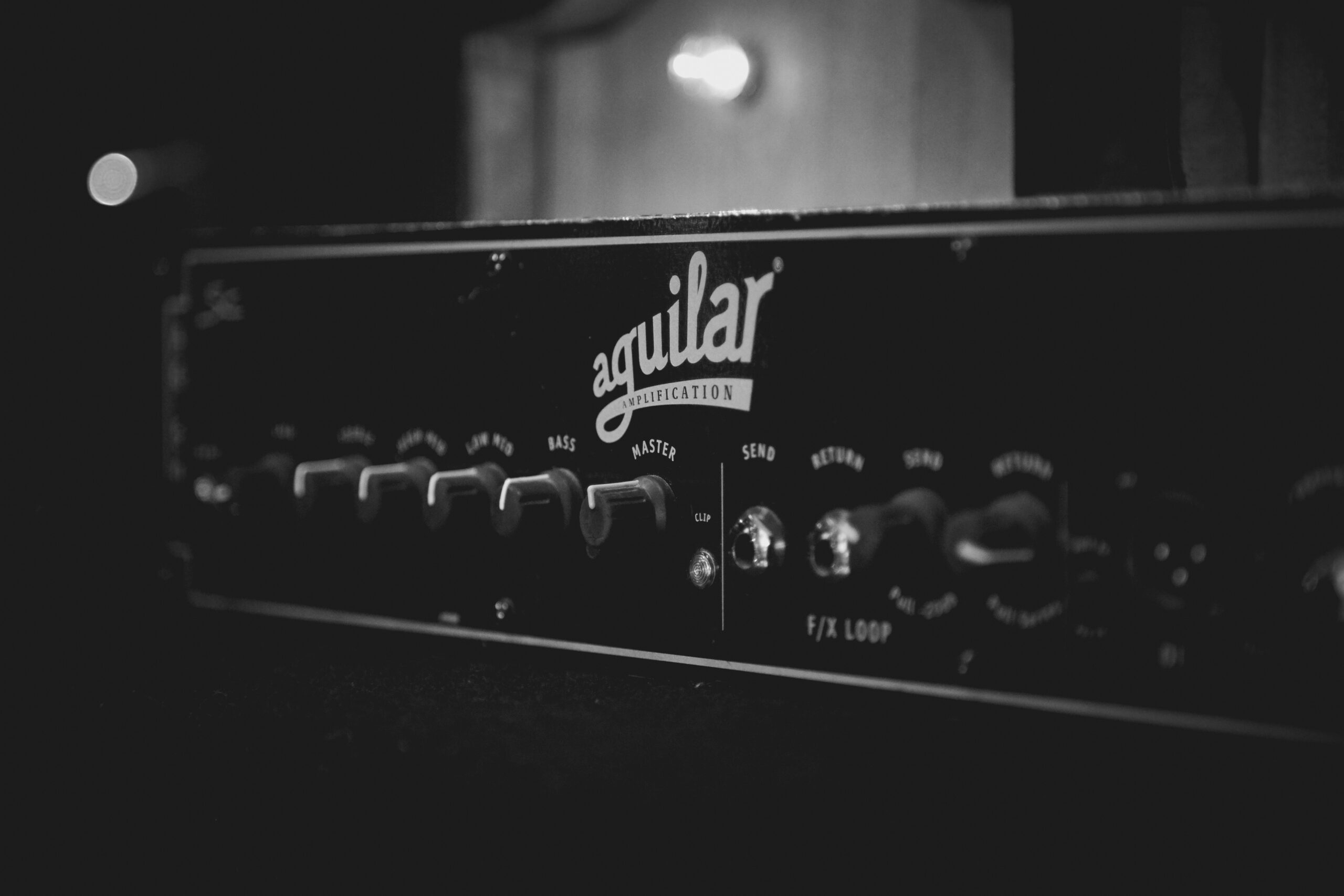




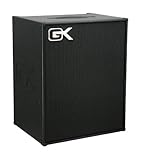
Leave a Reply